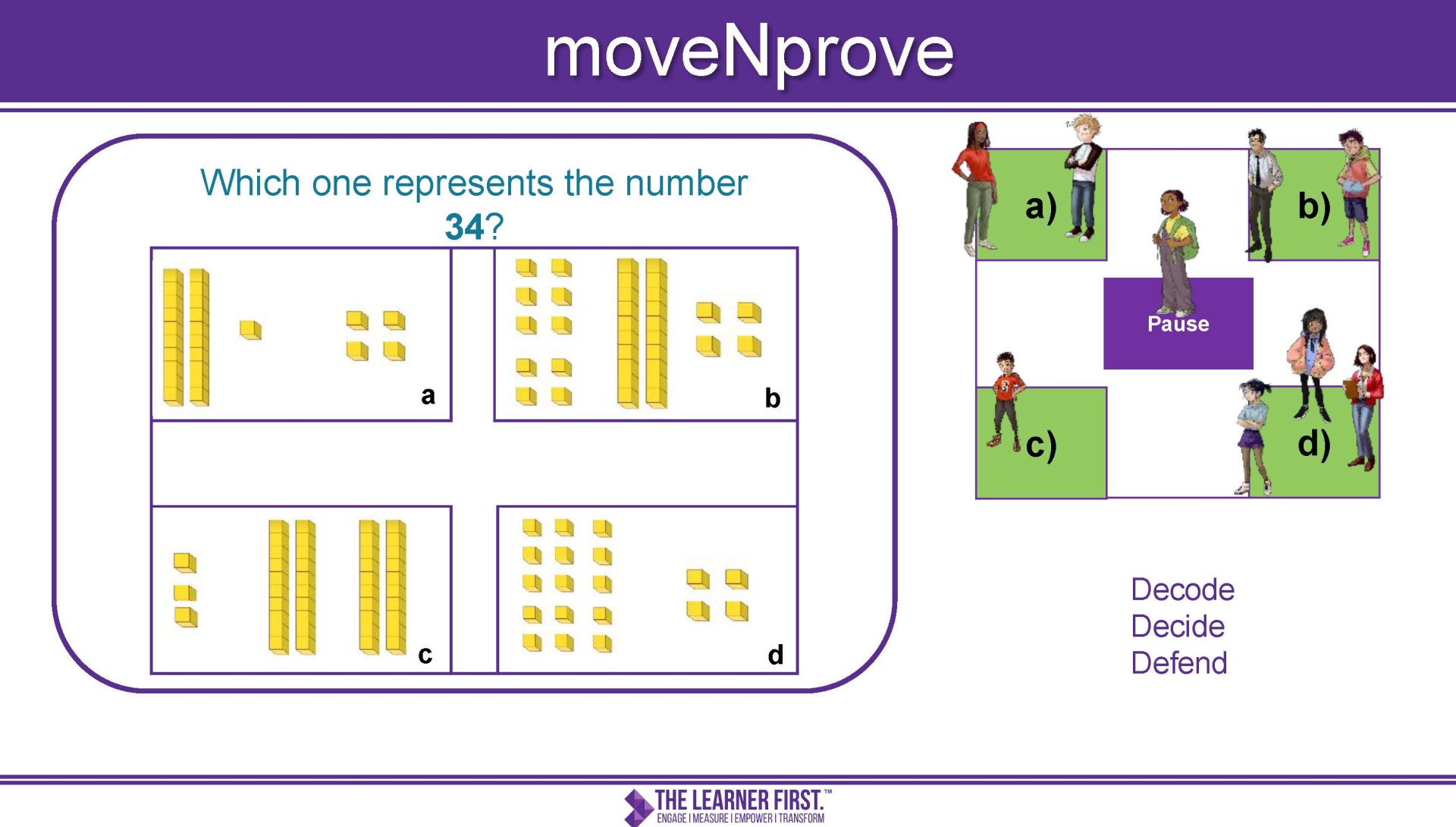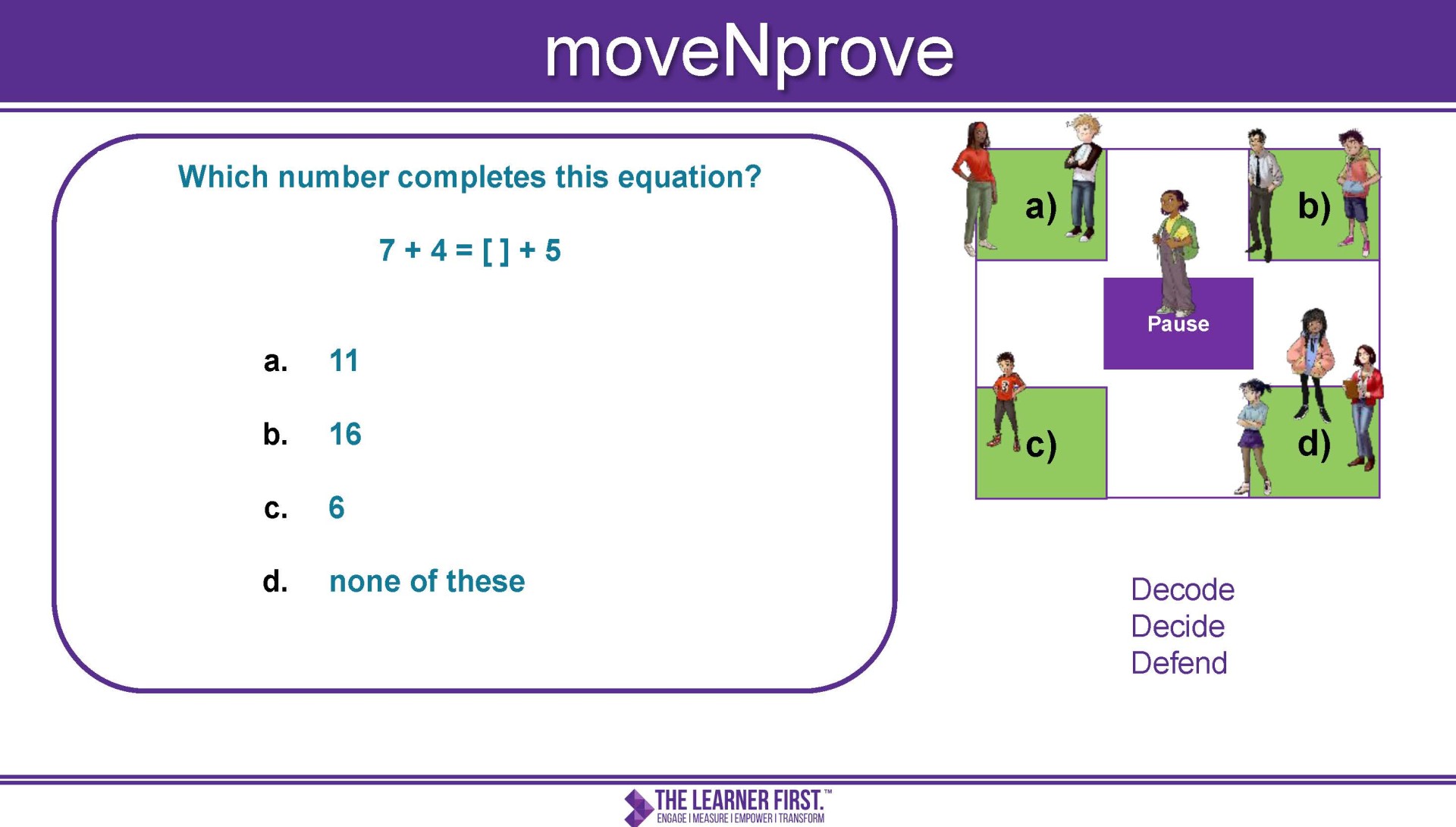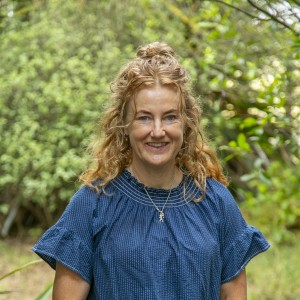A balanced maths diet includes a variety of approaches, tasks, and group work opportunities. A balanced diet is what our students need in their daily maths programme in order to become capable and confident mathematicians.
New Zealand's mathematics curriculum is being refreshed to better suit our learners. Here at Wairakei Primary School we are on the cutting edge of this curriculum refreshment with the professional support of The Learner First.
MoveNprove questions are a new resource for teachers that are considered part of a balanced maths diet. MoveNprove questions target common student confusions or misunderstandings in mathematics.
A balanced maths diet includes a variety of approaches, tasks, and group work opportunities. A balanced diet is what our students need in their daily maths programme in order to become capable and confident mathematicians.
New Zealand's mathematics curriculum is being refreshed to better suit our learners. Here at Wairakei Primary School we are on the cutting edge of this curriculum refreshment with the professional support of The Learner First.
MoveNprove questions are a new resource for teachers that are considered part of a balanced maths diet. MoveNprove questions target common student confusions or misunderstandings in mathematics.
Dr Jo Knox, from The Learner First, visited our school to work with teachers using moveNprove questions as part of a rapid routine.
A multiple choice question is presented to the students. After some “think” time, students are asked to move to either a, b, c, or d, (marked within the classroom) to show which answer they believe is correct.
If students are unsure they can choose not to move and to stay on pause to listen to their peers' ideas. After a discussion with classmates that have chosen the same answer as them, the teacher will ask random students to prove their answer by explaining their thinking. All other students must listen to each other's explanations. After this proving time, students can choose to move again if they have changed their mind.
The moveNprove questions give teachers a diagnostic snapshot of student understanding.
From here teachers can create their own explorative inquiry activities where students work in collaborative groups to design their own moveN prove question. Students are asked to create a correct and a slightly incorrect response. This practice leads to deepening student understanding and removing misunderstandings and confusions.
Explorative inquiry questions enable students to use their creativity, collaborate with others, and share and explain (or prove) their thinking with others. These aspects are also an important part of a balanced maths diet.
Teachers Voice
I was able to take my new learning straight back to my class.. Students are motivated by the tasks and by being able to move about the room. By giving students think time and talk time they can sort their ideas in their minds before vocalising their thinking.
Meaningful and practical professional development. I like that all resources are available or easy to print.
It was interesting that the answer to the moveNprove question was not given to the students straight away. Students were left to ponder over the week and develop their understanding through the explorative inquiry.
The hand signals modelled to us allowed for thinking time and gave teachers a clear indication of when students were ready to move.
Next term Marie Hirst from The Learner First will be working with teachers on another rapid routine that is part of a balanced maths diet called recallNreason - I can’t wait, I think it sounds delicious.
Keywords
Math, balanced diet, curriculum refresh, moveNprove, rapid routine




Comments
No one has commented on this post yet.